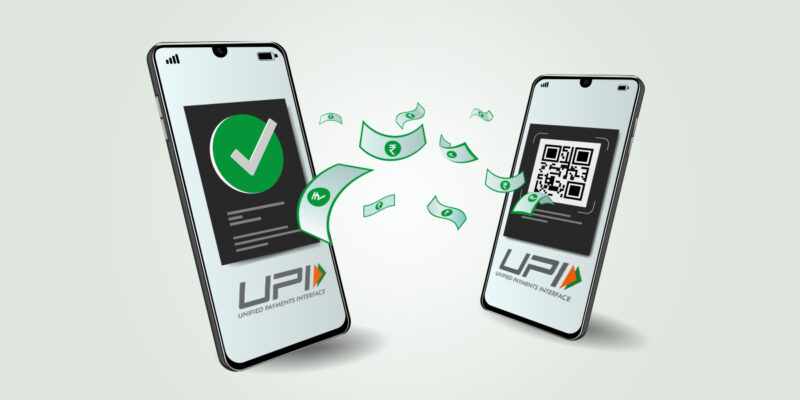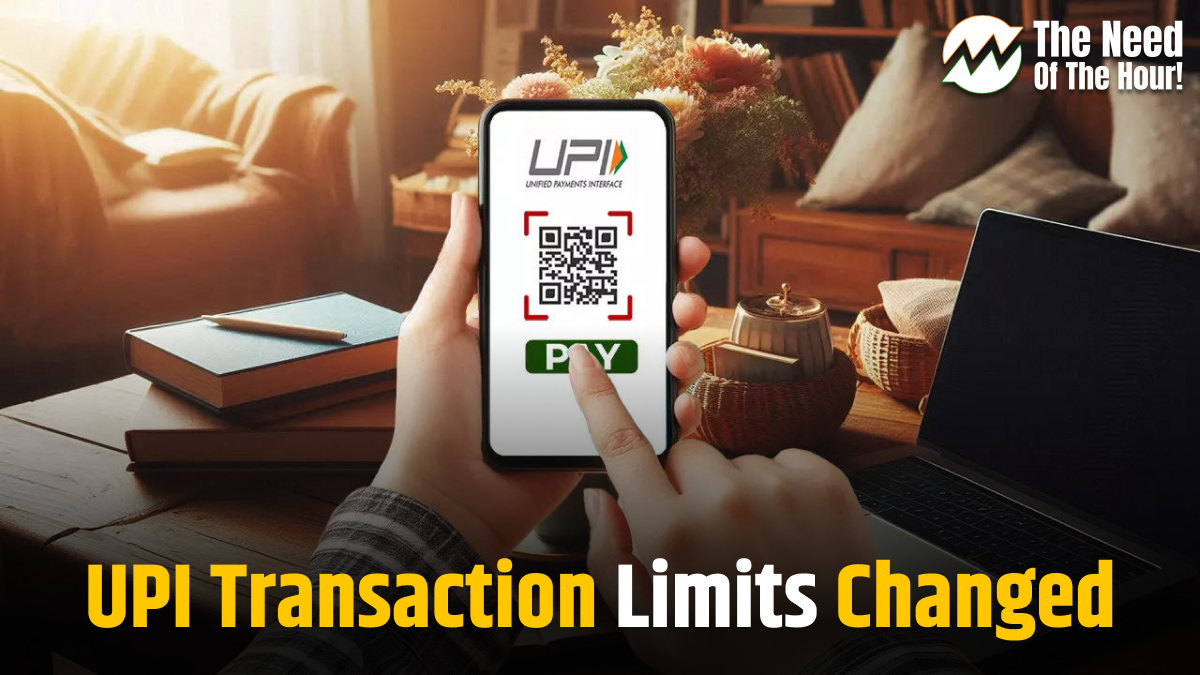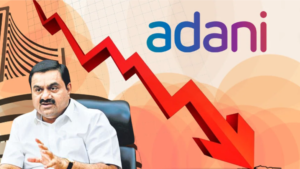UPI Transaction Limits: The Unified Payments Interface (UPI) has transformed digital payments in India by enabling real-time transactions. As UPI continues to grow, NPCI regularly reviews its transaction policies to ensure security and effectiveness. It should also be noted that new restrictions for UPI transactions will take effect on September 16. Now, let’s look at the specifics of these changes and how they affect different UPI transactions.
Overview of UPI and Its Importance
UPI has become a popular payment solution for millions of Indians. It is easy to use, offers quick transaction times, and is widely accepted among consumers and merchants. UPI features such as P2P transactions, bill payments, and merchant transactions have also been instrumental in developing a cashless society.

The Need for Revising UPI Transaction Limits
Due to the growing number of transactions and the need to strengthen security, NPCI occasionally revises UPI transaction limits. The new limits aim to strike a balance between user convenience and security, reducing the likelihood of fraud while allowing for larger transaction volumes.
Read this also: Pixxel Space: The First Indian Startup to Secure a NASA Contract
New UPI Transaction Limits
The revised limits will vary depending on the type of UPI transaction. Here’s a breakdown of the new transaction limits:
- Person-to-Person (P2P) Transactions
- Old Limit: ₹1,00,000 per day
- New Limit: ₹2,00,000 per day
The increased limit for P2P transactions allows users to transfer higher amounts between bank accounts, which is particularly useful for large personal transfers like paying rent or splitting bills.
- Merchant Transactions
- Old Limit: ₹2,00,000 per transaction
- New Limit: ₹3,00,000 per transaction
For merchant transactions, the limit has been raised to accommodate larger purchases, such as buying high-end electronics or making significant payments to service providers.
- Recurring Payments (UPI AutoPay)
- Old Limit: ₹5,000 per transaction
- New Limit: ₹10,000 per transaction
UPI AutoPay allows users to set up recurring payments for subscriptions and bills. The new limit provides flexibility for services with higher subscription fees.
- UPI Prepaid Payment Instruments (PPIs)
- Old Limit: ₹1,00,000 per account per month
- New Limit: ₹2,00,000 per account per month
UPI-linked PPIs, such as digital wallets, will have an increased monthly limit, offering more room for frequent transactions.

Impact on Users and Merchants
These changes are anticipated to have a positive effect on both users and merchants. From the user’s perspective, the higher limits result in increased flexibility and convenience, particularly for high-value transactions. Merchants will also benefit, as they can now accept higher-value payments through UPI, leading to more sales and an improved customer experience.
Read this also: Zomato Partners with Indian Railways to Offer Food Delivery on Trains
Security Measures and User Awareness
NPCI’s increase in transaction limits places a strong emphasis on security. Users are advised to stay safe while using the platform. Safety measures include creating a hard-to-guess UPI PIN, not disclosing personal details, and being cautious when receiving suspicious messages. NPCI continues to develop advanced security measures to ensure the safety of transactions and user data.
How to Make the Most of the New Limits
Users can effectively utilize these new limits to expand their use of UPI for a wider range of transactions. From making big purchases to establishing higher-value recurring payments, the new UPI transaction limits offer greater utility and ease.

Conclusion
The changes in UPI transaction limits, set by the National Payments Corporation of India (NPCI), will take effect on September 16, 2024, enhancing the user experience and ensuring secure transactions. By understanding and leveraging these new limits, users can enjoy the benefits of more flexible and efficient UPI usage. Despite the rise of other digital payment methods, UPI remains the dominant choice for quick, efficient, and secure payments.









[…] Read this also: UPI Transaction Limits to Change from September 16: Here Are the New Limits for Various UPI Payments […]
[…] Read this also: UPI Transaction Limits to Change from September 16: Here Are the New Limits for Various UPI Payments […]